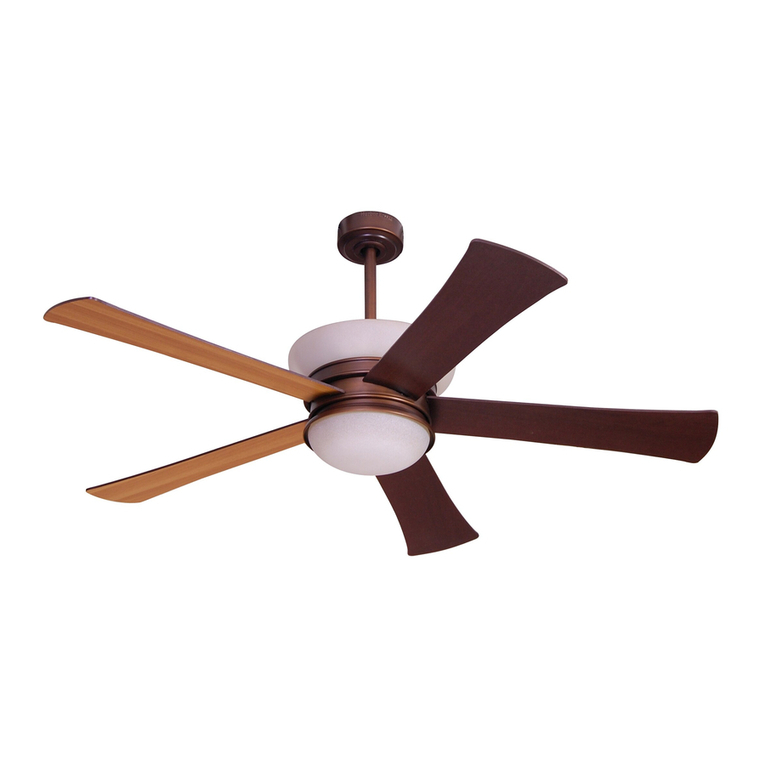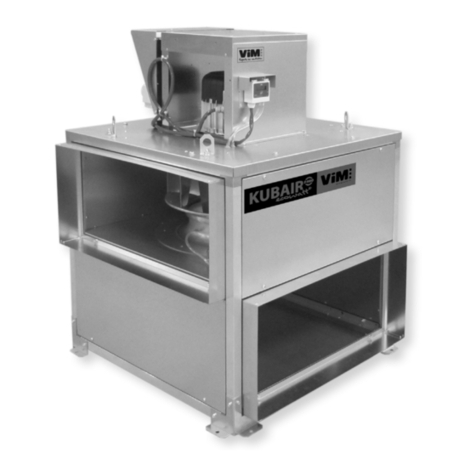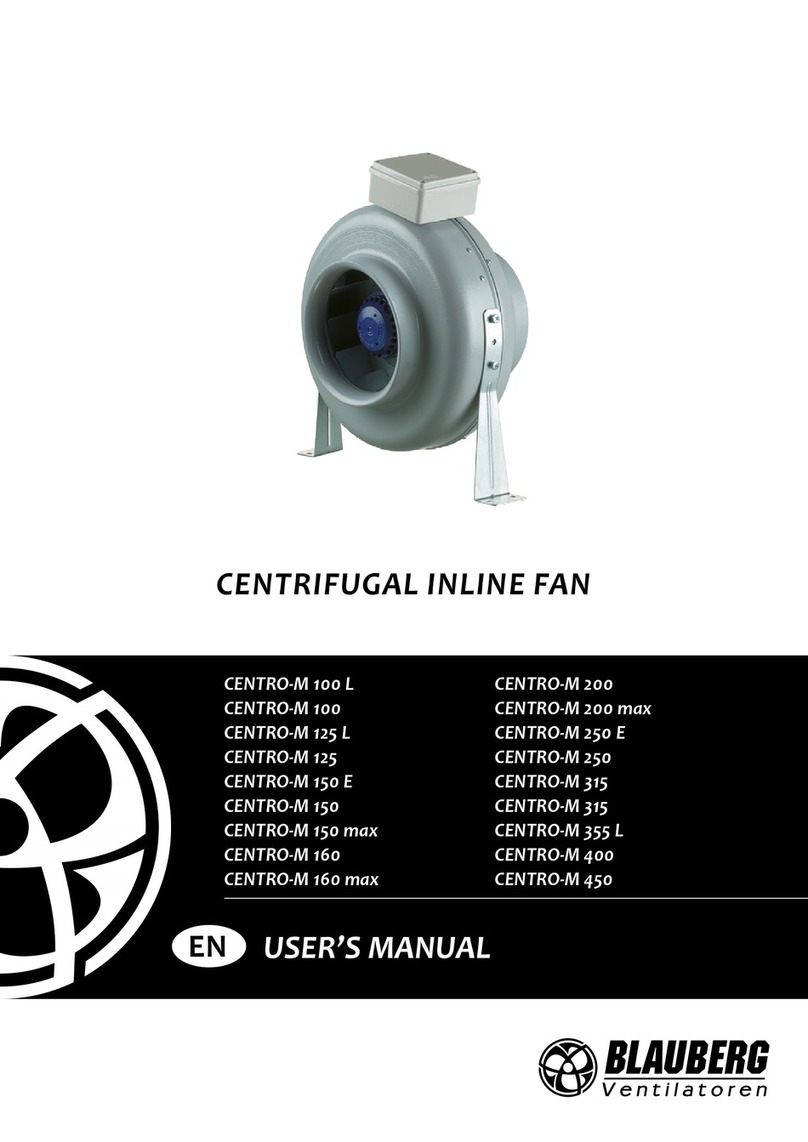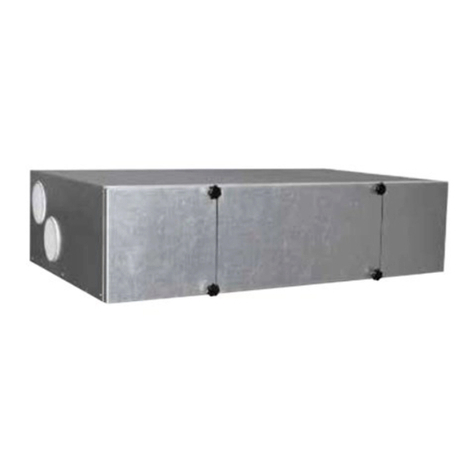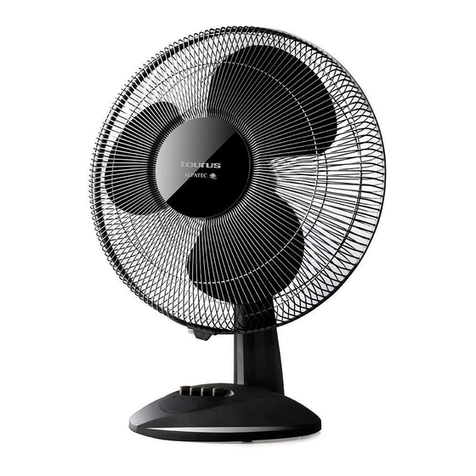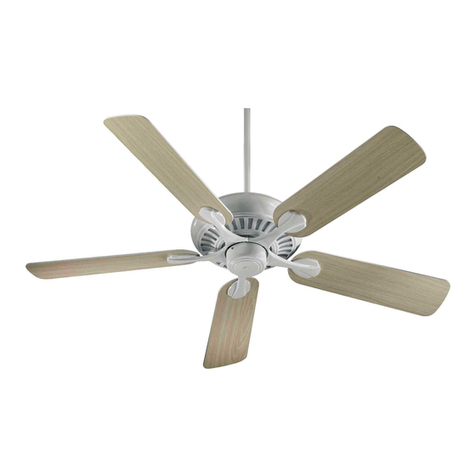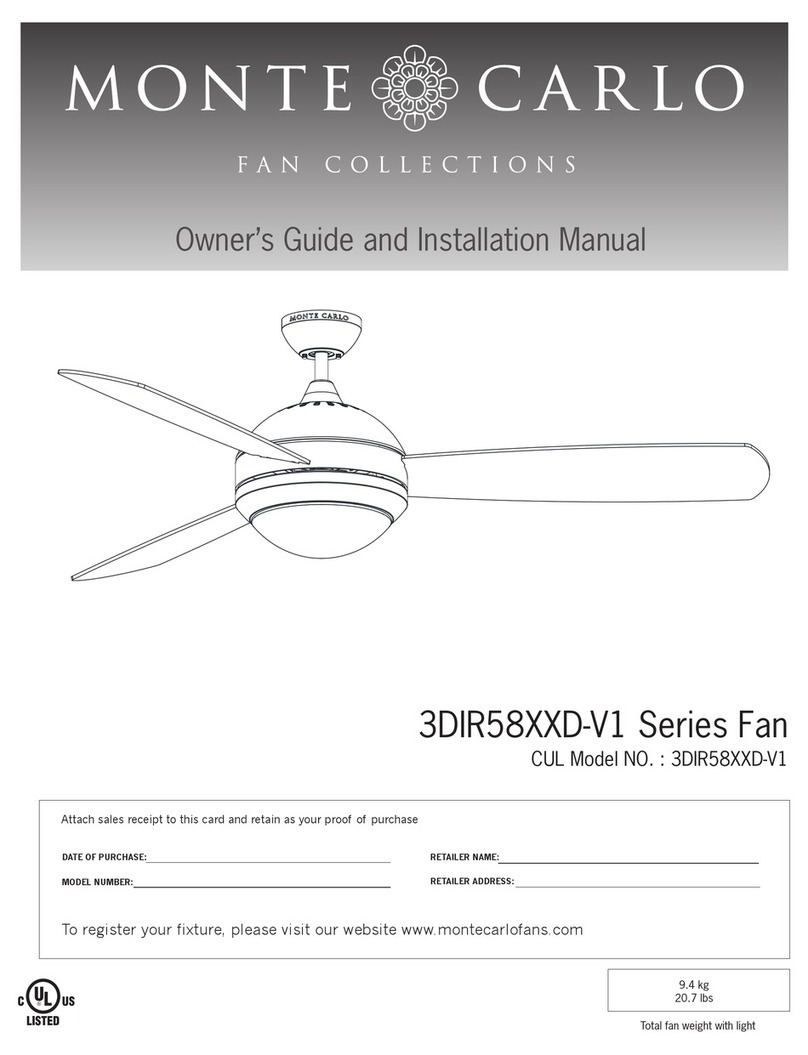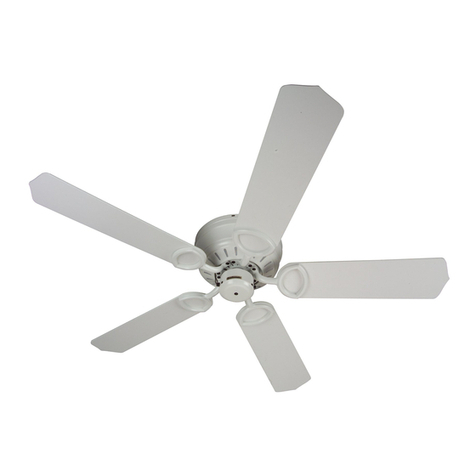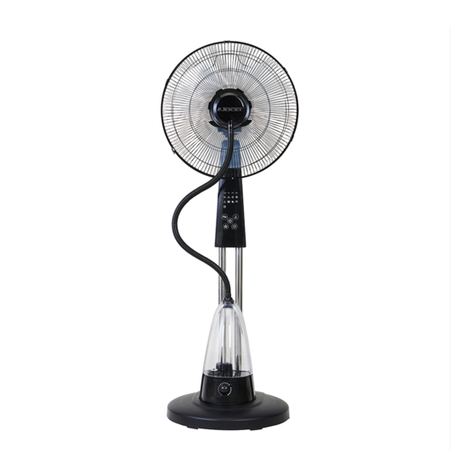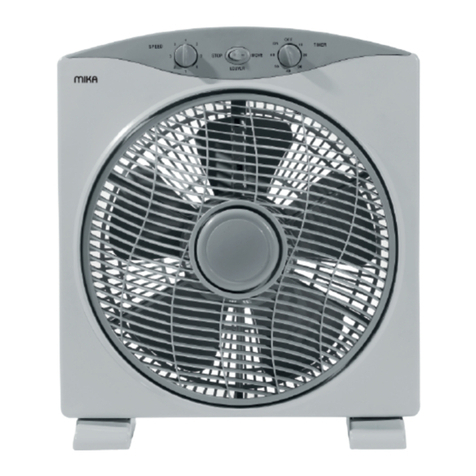Table of Contents
2 | P a g e
Introduction................................................................................................................................................. 4
Operation Instruction................................................................................................................................. 4
Know Your Unit..........................................................................................................................................4
Main Unit:............................................................................................................................................. 4
Accessories ...........................................................................................................................................6
.........................................................................................................................................................
.6
Installation................................................................................................................................................... 8
Powering on the Device................................................................................................................................9
Calibration Process ....................................................................................................................................... 9
Registering a patient ...................................................................................................................................10
Ventilator Settings ......................................................................................................................................12
Alarm Setting..............................................................................................................................................13
Waveforms.................................................................................................................................................. 16
Technical Data........................................................................................................................................... 17
Modes .........................................................................................................................................................19
Pressure Control Ventilation Modes....................................................................................................... 19
PCV (Pressure Control Ventilation) ...................................................................................................19
PACV (Pressure Assist Control Ventilation)...................................................................................... 19
PSV (Pressure Support Ventilation) ...................................................................................................19
PSIMV (Pressure Synchronized Intermittent Mandatorily Ventilation).............................................19
Volume Control Ventilation Modes......................................................................................................... 20
VCV (Volume Control Ventilation) ...................................................................................................20
Support of Breathing ................................................................................................................................20
CPAP (Continuous Positive Airway Pressure)...................................................................................20
BIPAP S/T (Bi-level Positive Airway Pressure).................................................................................21
BIPAP S (Bi-level Positive Airway Pressure)....................................................................................21
Warning Cautions..................................................................................................................................... 22
Maintenance .............................................................................................................................................. 23

